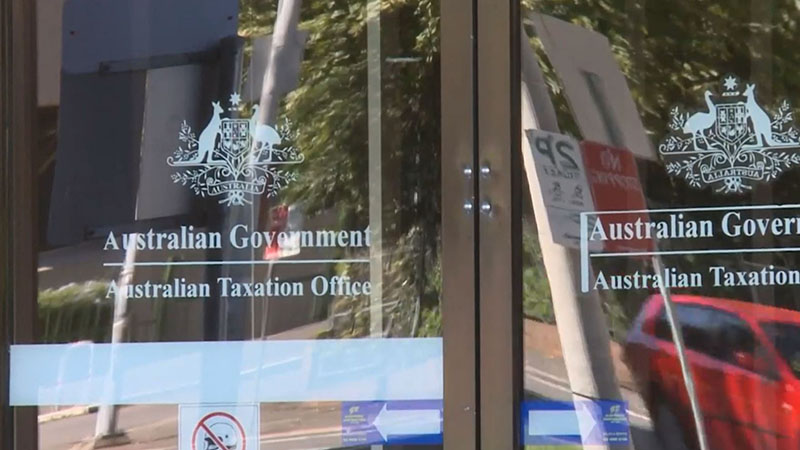SMSFs reminded on administrative changes for unallocated reserves management
SMSFs dealing with unallocated reserves will need to take into account new administrative steps when managing the allocation along with its impacts on tax components for the fund, according to Accurium.
In a recent technical blog, Accurium said that in the ATO’s regulatory bulletin SMSFRB 2018/1 on the use of reserves in an SMSF, there was one view stated in the appendix at item 52 that presented a change in the ATO’s previously known view on allocations from a reserve where an allocation cannot be made from the reserve to an existing account-based pension.
“At Accurium we deal with a number of SMSFs who have unallocated reserves due to the cessation of the liability to pay an old defined benefit income stream. This can arise on the expiry of a life expectancy pension, or death of the final pensioner for a lifetime pension,” Accurium said.
“With the pension liability ceased, the assets form an unallocated reserve in the fund. This unallocated reserve does not belong to a member account and cannot simply be paid out of the fund.
“In order to reduce these reserves over time, it is common for the less than 5 per cent rule (under Reg 291-25.01 of ITAR 1997) to be utilised which allows for a trustee to allocate less than 5 per cent of the value of each member’s total interest in the fund to an account for each. Prior to the publication of SMSFRB 2018/1 an allocation of monies from a reserve could be made directly to an account-based income stream.”
Prior to the release of the ATO regulator’s bulletin, the advice that had been received from the ATO was that allocating from the reserve directly to a pension account in this way was acceptable, according to Accurium.
“We understand that many clients have implemented the less than 5 per cent rule in this way, and have seen SMSFs with very large balances implementing this strategy pass an audit by the ATO,” Accurium noted.
“We contacted the ATO for clarification on the view presented in the bulletin that an allocation cannot be made from a reserve to an existing account-based income stream.”
In a response to the inquiry, Accurium explained the ATO recognised there had been no change to the legislation around reserves; however, they noted that the integrity measures underpinning the transfer balance cap have meant they have used the bulletin to identify how they will be applying their compliance approach to allocations from a reserve from 1 July 2017.
“Allocating amounts from a reserve directly to an income stream would circumvent the transfer balance cap rules and this revised ATO view and the requirement to first allocate to a member’s accumulation account eliminates this outcome,” Accurium continued.
“Any new retirement phase pension interest commenced with that accumulation balance will raise an associated transfer balance cap credit for the member.
“The ATO has confirmed that it will not be applying compliance resources to review allocations from reserves prior to 1 July 2017. So, for SMSFs that have allocated amounts from reserve directly to a pension interest, based on industry practice in 2016-17 or prior income years and the introduction of the transfer balance cap, there should be no compliance or income tax issue.
“Since 1 July 2017, the ATO expects to see allocations from reserves to be added to an accumulation interest of a member. You cannot allocate from a reserve directly to a member’s pension account.
“Where a member has pension interests and an accumulation interest then the total allocation from the reserve (up to just less than 5 per cent of the member’s total interests) will need to be allocated to the member’s accumulation interest.”
This change creates an additional administrative step for funds solely in pension phase with an unallocated reserve, according to Accurium. The SMSF trustees may need to create a new accumulation interest for a member in order to receive an allocation from such a reserve.
“Also, where a member has an existing accumulation interest, the allocation from reserve will mix with the existing account and is likely to change the tax components,” Accurium added.
“Consideration should be given to tax planning of income streams. For example, in some instances it may be preferable to maintain multiple pension accounts in order to retain favourable tax for particular beneficiaries.”








